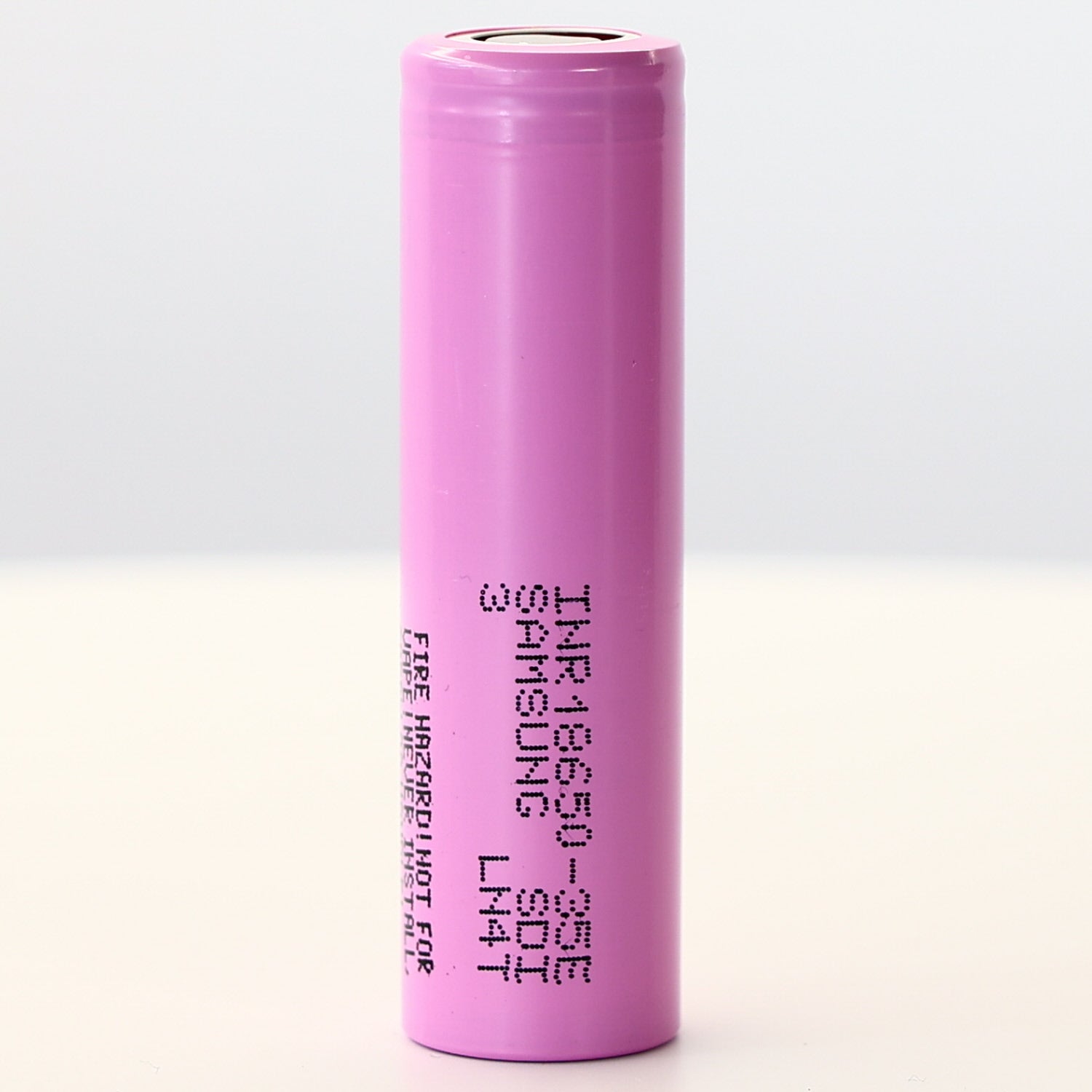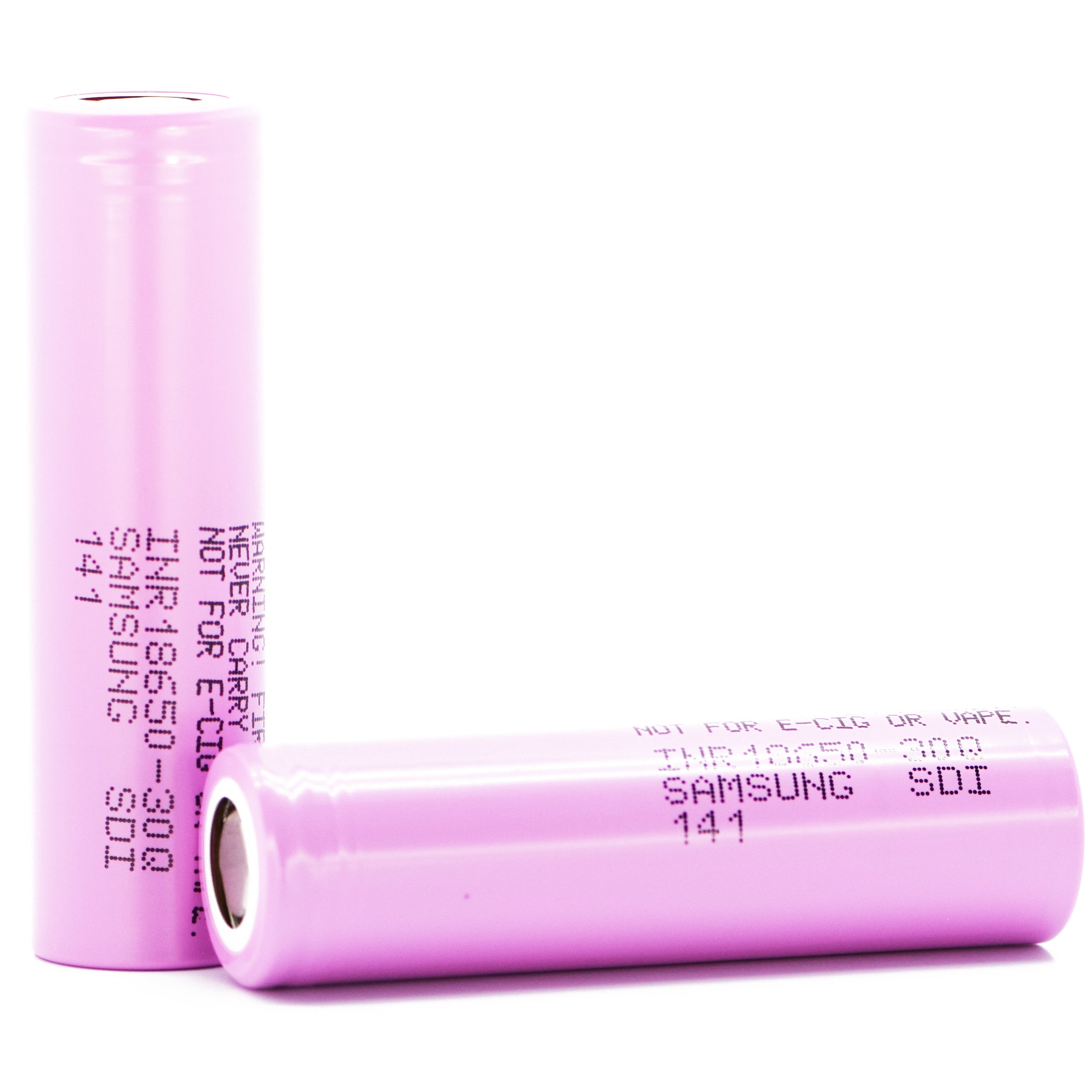Ok, this is simply not true.
(or not necessarily true)
It is depending on the BMS and most importantly, cells.
You're only looking at the voltage. Not the drain rate (amperage) of cells.
Just because the battery pack says 48V (54.6V), it doesn't mean they can provide equal amount of power (wattage) compare to other 48V.
Fact is, some 36V batteries can outperform some 48V batteries.
This is exactly why you can't just look at the voltage (V) and amperage (Ah) to determine the battery performance.
HillEater (ebike company in Canada) initially used their 36V pack because high quality cells can burst so much amperage, you don't NEED 48V or 52V to produce mere 850W or so.
However, I don't think consumers quite understood the concept of electrical engineering aspect of it, so it appeared that 36V battery was immediately dismissed as inferior version of "more powerful" 48V and 52V packs with cheaper cells (low burst / drain rate) from other ebike companies.
Yeah, 52V sounds more powerful than 36V, but in reality, if both bikes are producing 750W for example, virtually there's no difference.
( For those of you familiar with RC cars, did you notice Tamiya 7.2V RC cars are way faster, and batteries are way more powerful than Toys "R" Us 9.6V RC cars? )
Your argument of once it drops down to 46V, you will notice a big difference is because of crappy cells with low burst rate.
This is exactly why Tora (owner of Juiced Bikes) no longer cells 52V 21Ah battery pack, because it was packed with high capacity, but low burst rate cells.
As you probably know, wattage (W) = voltage (V) x amperage (Ah)
If the battery cells have low burst amperage rate, the wattage (W) will inevitably lower because of the voltage is at 46V.
For example, let's say your bike (controller) demands 750W in a given situation, to provide 750W of power, at fully charged at 54.6V, the battery only needs to provide 13.73A of amperage.
Okay, here's the thing, now assume the voltage dropped down to 46V, and the controller demands 750W of power, at 46V, the battery will need to provide 16.3A of amperage.
But what if the pack's max amperage rate was 15A? It can only provide 690W. Not 750W as demanded. This is exactly how you see the power drop.
(Yes, I know it could also depend on BMS and perhaps the controller used, but you get the idea)
But what if you use high quality cells, like 36V pack with powerful cells that can provide 30A power?
The fully charged 36V pack is 42V.
At 42V, to provide 750W of power, it needs to provide 17.85A of amperage, it is still a safe zone.
What if 36V battery voltage drops down to 32.4V? (near empty, 20%) it would have to provide 23.15A, which is far less than 30A max amperage.
This is exactly why you don't see power drop bikes equipped with high performance cells.


